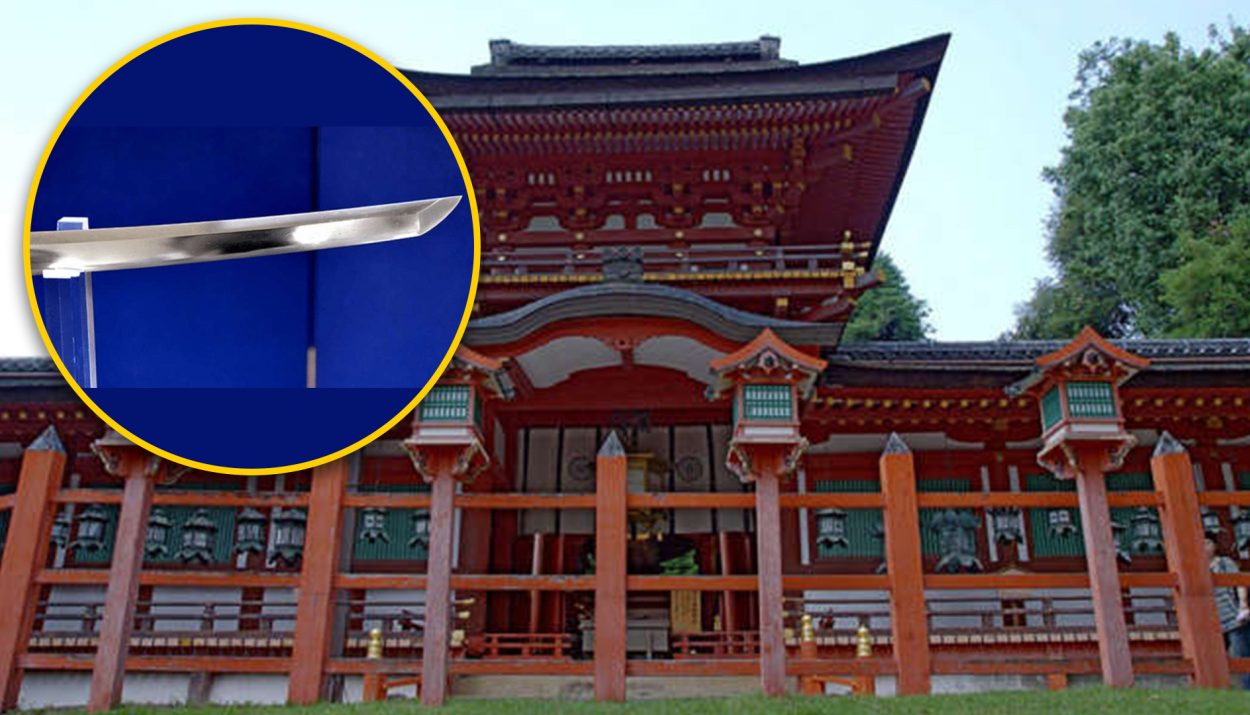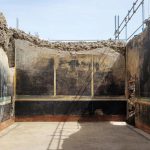Discovered over a century ago in the attic of a Japanese shrine turned out to be a rare and priceless samurai sword. Scholars now estimate that the samurai sword was first crafted in the 12th century and is considered one of the most significant finds in Japanese history.
Finding The Blade
In the late 1930s, an extremely rusted blade was found and stored in a dusty old attic of the Kasuga Taisha shrine in Japan.
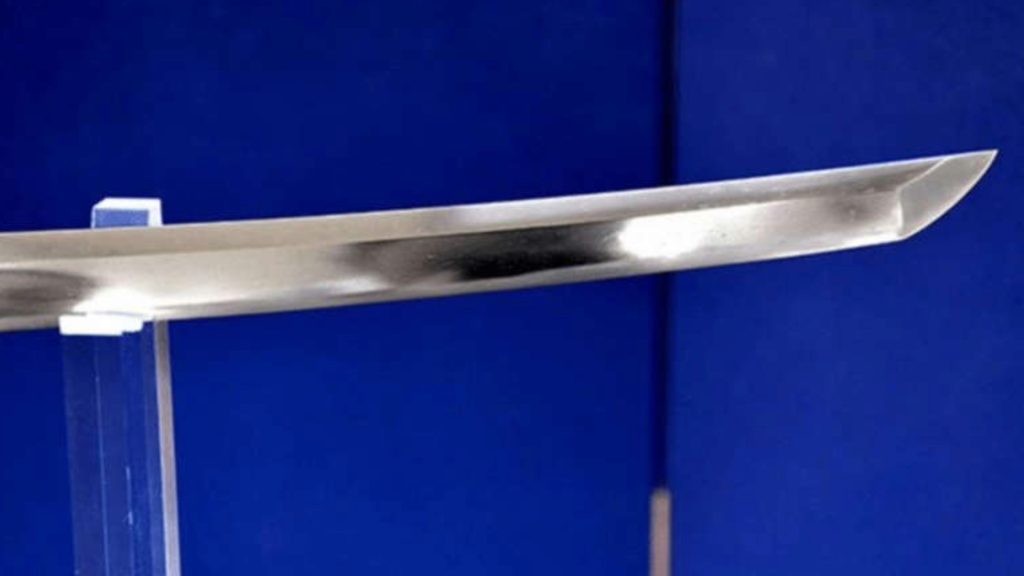
According to Japan Forward, Initially it was overlooked because at that time the shrine was unaware of how rare the blade was.
Dates Back To The 12th Century
After experts analyzed the curved blade, they were able to date the blade back to the 12th century, marking its creation during the Heian Period of samurai.
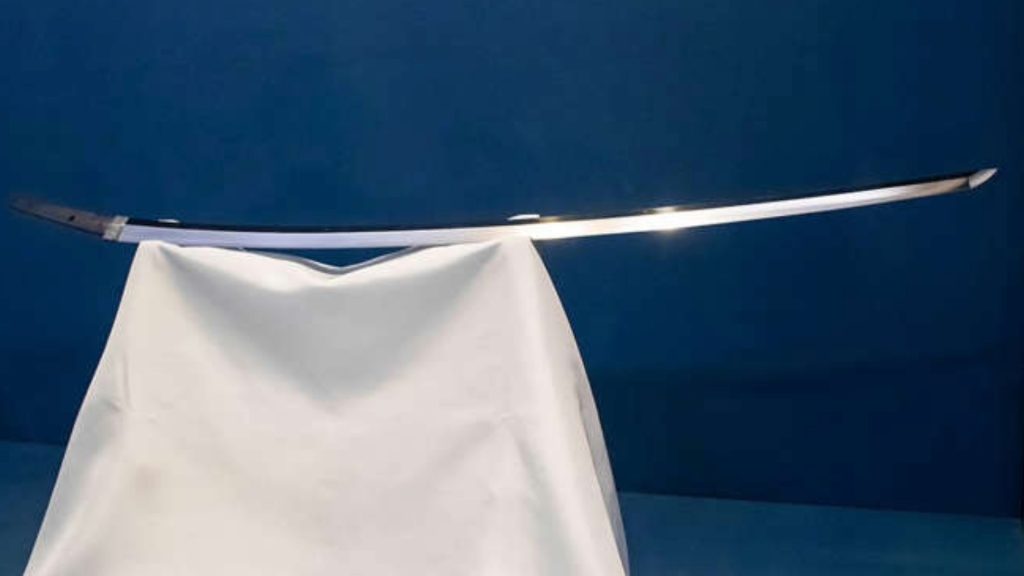
The period is notable for many reasons, but the most prominent is that this was when this curved blade came into existence.
Shrine Officials Realized It’s Rarity After Inspection
Once every 20 years, the shrine has a ceremony, during which they sharpen and polish its blades.
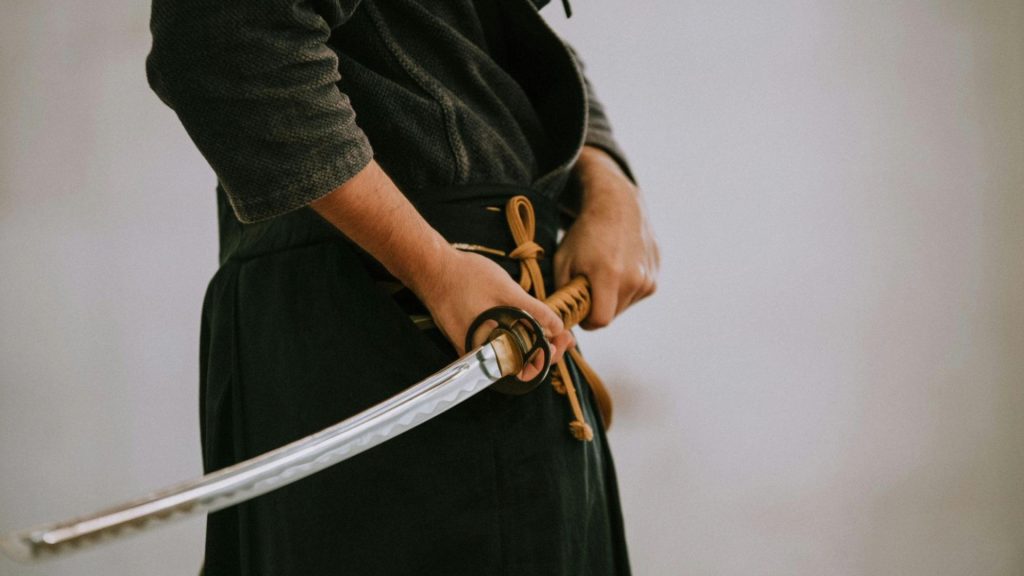
It was during this ceremony in 2016, that officials realized the rarity of the blade they had in their possession.
The Heirloom Was Forged During The Heian Period
The sword’s history was recounted by Ryo Miyazaki of The Asahi Shimbun.
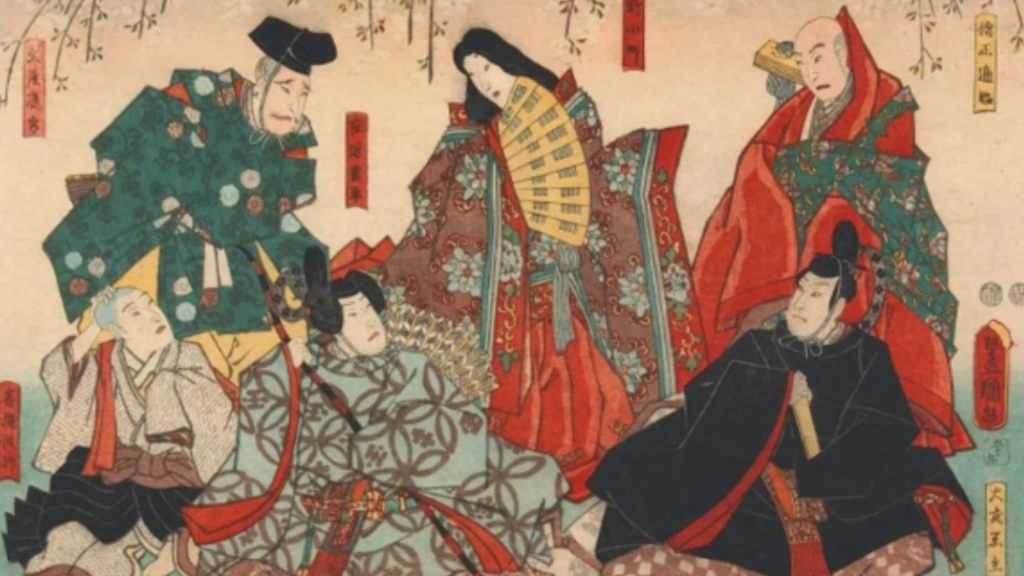
According to Miyazaki, “made in the Heian Period (794–1185) for a samurai and initially passed down through his family, was presented to the shrine sometime from the Nanboku-cho Period.”
Unraveling The Mystery Of The Origin Of The Blade
Since the blade lacks any distinct markings, experts can’t determine who the original swordsmith was.

Despite this, some suggest it has striking resemblance to the famous Doji-giri sword, which can be seen on display at the Tokyo National Museum. It is possible that this means it could have been made by the mastersmith Yasutsuna.
Unique Kohoki Blade
Miyazaki says, the “curved 82.4 centimeter-long sword, without the creator’s name inscribed, is a kohoki.”
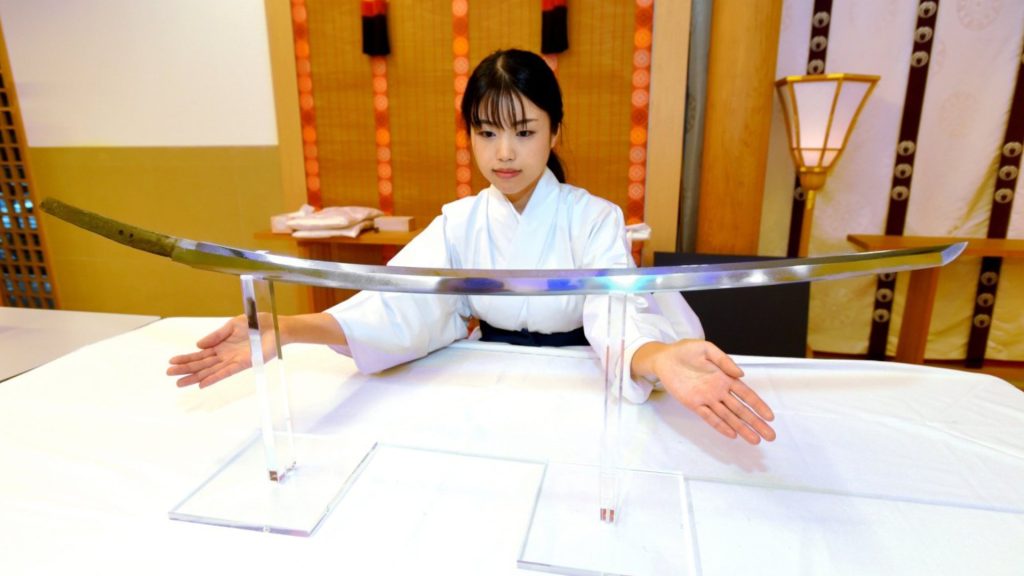
The Kasuga Taisha shrine boasts a collection of 12 blades, of which is the rare Kohoki blade.
A Beautiful Testament Of The Craftsmanship
Motoki Sakai, a Tokyo’s National Museum employee, the sword that was found at Kasuga Taisha is an exquisite example of the craftsmanship of the era.
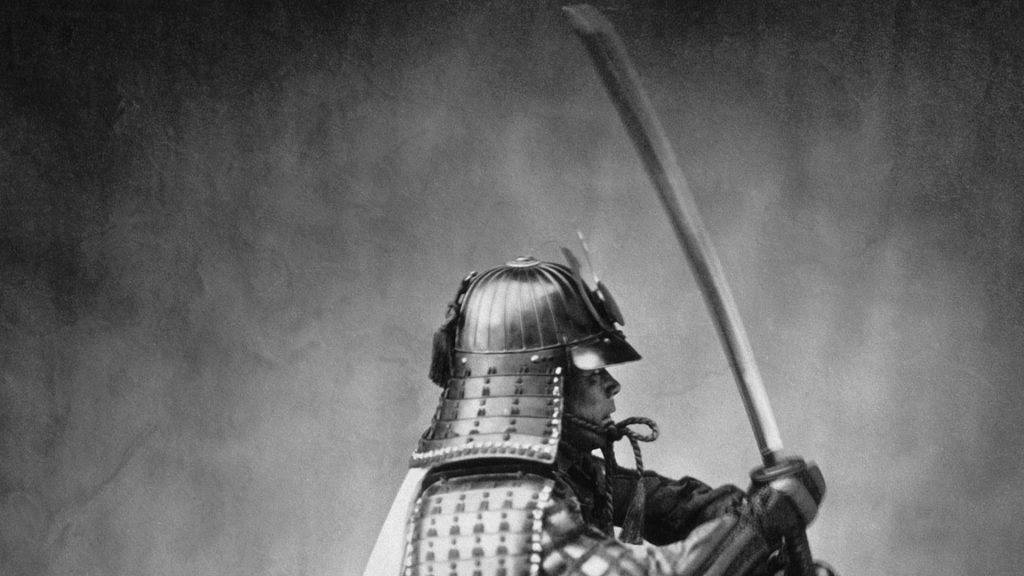
He went on to say it “is a very important example of work of the period in excellent condition.”
The Rare Blade Was Sent To An Expert Polisher
The Kasuga blade was eventually entrusted to Koshu Hon’ami, a renowned expert polisher and national treasure of Japan.
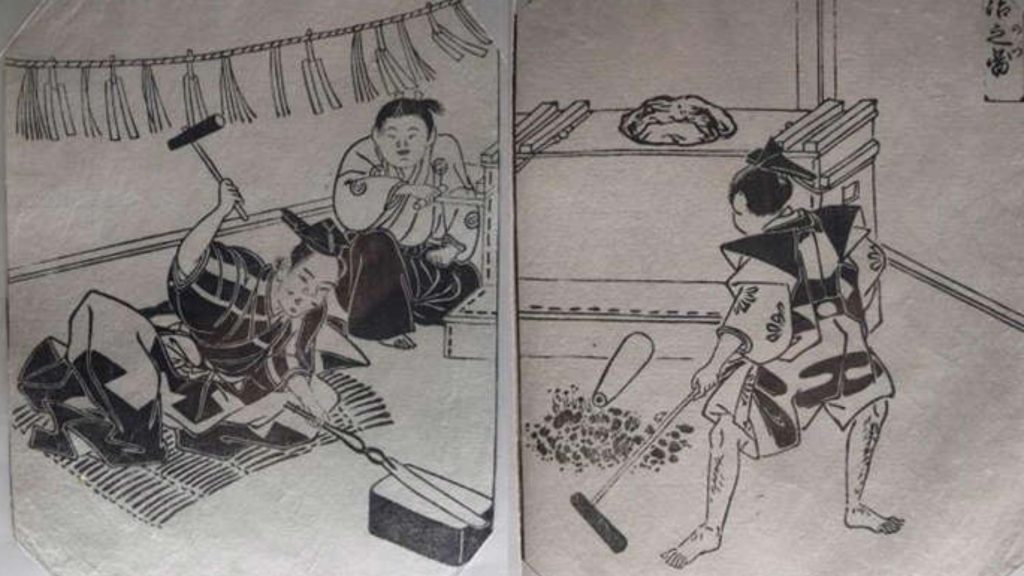
Experts noted that the Hon’ami family has been a trusted polisher since at least the Kamakura period, which began in the 12th century.
Placed On Display
Once the blade had undergone refurbishment by the Koshu Hon’ami, it was sent back to the Kasuga shrine.
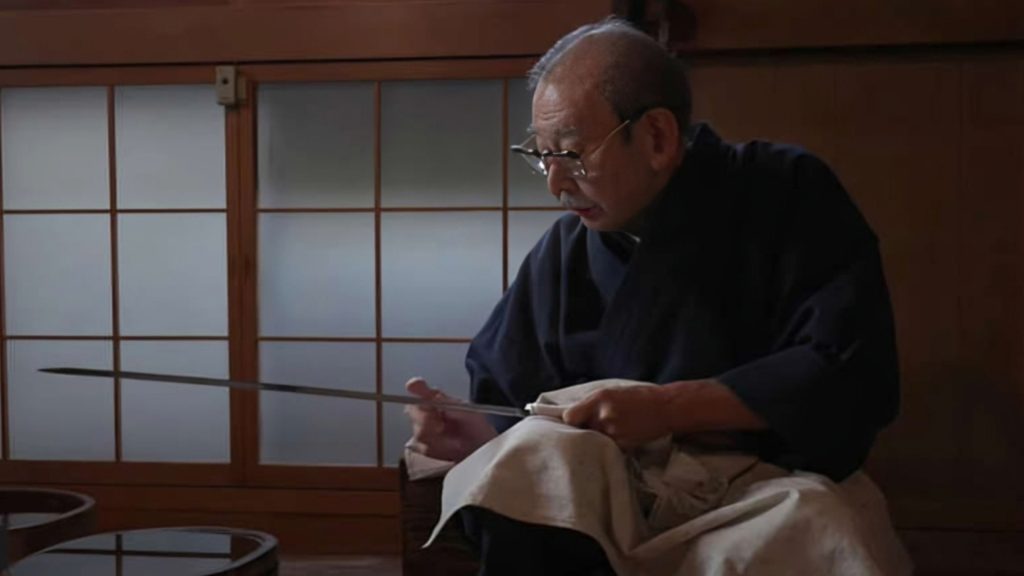
Occasionally you can see it on display at the Kasugataisha Museum at the Kasuga Taisha shrine during ceremonial events.
Dedicated to Japanese Deity
The Kasuga blade was probably gifted to the shrine as an offering to its patron deity. The sword symbolized an incarnation of the deity which could be worshiped.

Throughout the Nanboku-cho and Muromachi periods,it was commonplace for warriors to donate swords to shrines.

